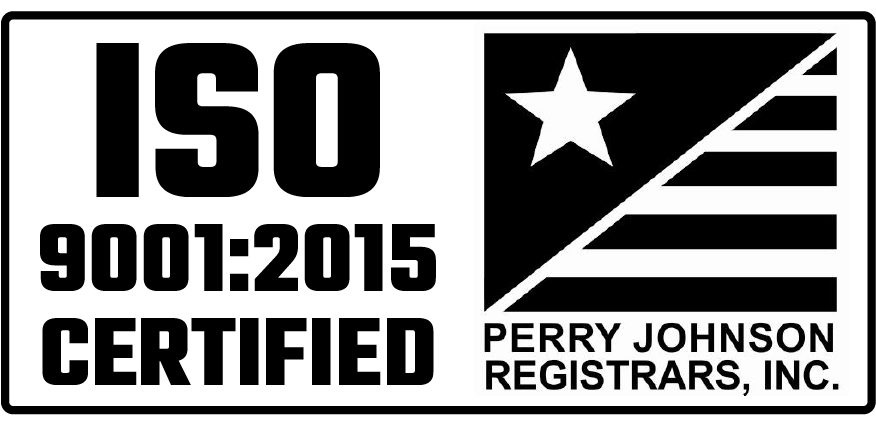We live in a world that’s constantly evolving. Technology, business practices, transportation, health care, energy and even our cultures are shifting. Because of this, organizations need to adapt to the changing landscape of their respective fields. If an organization can’t get ahead of (or at least keep up with) those changes, it will eventually become obsolete. One way to keep your organization in the running for success is to have an innovation strategy.
What is an Innovation Strategy?
An innovation strategy is a plan that supports advancements in technology or services by outlining investments in research and development. In other words, it’s a commitment to change so you can meet or exceed the ever-changing expectations of your market. Organizational leaders should look to provide goods and services that their customers don’t even know they need yet. If your product isn’t keeping up with others on the market, customers will eventually switch to those that consistently deliver the most current advances. Innovation strategy can also be applied internally as a way to create a better work experience for your employees.
Implementation
Whether internal or external, an innovation strategy should be written into your business plan and tailored to fit your organization. Your innovation strategy can be something you hire a consultant to develop and carry out, or you can build a team of forward-thinking employees; it can even be a singular position in your company. Once you put the right people in place, turn them loose!
- Create an environment that welcomes new ideas
- Nurture those ideas until they become more concrete
- Research your market to make sure your next greatest idea could flourish
- Test the ideas on a small scale to avoid financial losses or a flop
- Write a plan to implement your most feasible ideas to their full potential
The most important thing to remember is that innovation needs to be nurtured. Not every idea will seem achievable right away, but with a little encouragement, time and hard work, it could blossom into something amazing. If your organization dismisses an idea too early, you may miss out on a creative opportunity. If you realize, halfway through your research, that you’re headed in the wrong direction, stop and turn around. Use what you discover along the way to iteratively build a better idea and a better product.
Challenges
Some organizations try to calculate the ROI of a new idea right away and use that to determine whether to move forward. However, that creates a roadblock on the highway to innovation. There may be times when you don’t catch a not-so-great idea early enough and your organization ends up spending time and money chasing a dud. It’s a balancing act between creativity and sticking to your budget.
Build some guidelines into your strategy that lay out the expectations for your innovation. Before you start the innovation process, have a general idea of what you’re looking for as far as the number of ideas you want to foster or a certain quality benchmark you want to hit. There should also be a reasonably flexible timeline. If you don’t put any of these things in place, you run the risk of finding the solution to a problem that doesn’t exist or finding a problem without a solution.
Innovation is an Investment
The leadership team at MCL understands the importance of investing in its employees and encouraging them to contribute ideas that will propel the company forward. An innovation team meets regularly to brainstorm and test ideas. Members are allotted a budgetary allowance that offers the freedom to incubate and build ideas while regularly sharing their progress with company leaders. MCL wants to be there to meet customers’ innovation needs, so everyone on the team is listening for those opportunities and focusing on delivering that innovation.
If you choose to implement an innovation strategy at your organization, you’ll likely see some positive changes. Innovation can be highly motivating and inspiring for those involved, even when inevitable challenges pop up. Strategizing as a team fosters positive action, encourages an open-minded approach to problem solving and can take your organization to new levels of innovation and creativity — the cornerstones of success. Once you start seeing results, you’ll never want to stop asking yourself, “What if…?”





